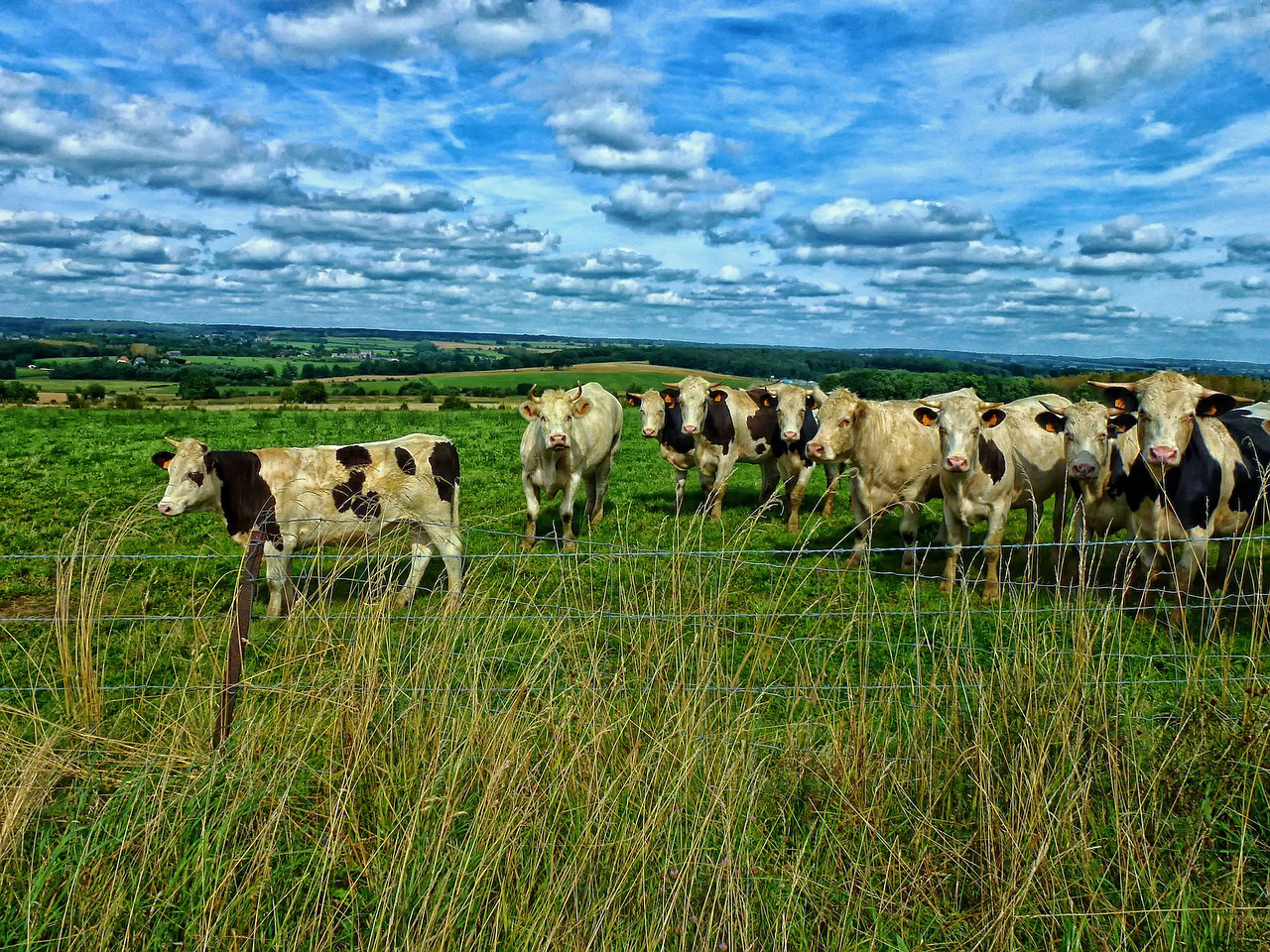Beyond grass-fed: three tips if you are considering organic certification
Then, it’s up to you to weigh up the pros and cons to find out if the organic system suits you!

Everything starts with pasture management
The biggest input for your livestock is obviously the feed that you provide to them. It seems obvious, but if your animals eat exclusively pasture grass and forage, all your pastures must become organic as well. Same for your hayfields, unless you are buying forage to a third party – in that situation, you need to consider the extra cost of buying certified organic hay, which is often much more expensive than conventional hay. So it means that everything you apply on your pastures, even natural fertilisers, but also your seeds must be certified as organic. Most of the organic regulation authorities around the world place a three-year transition period prior to the certification itself, starting from the last application of a non-organic product.
However, there are various ways to mitigate the costs of organic pasture management. In many countries, soil supplement such as lime is acceptable, as well as chicken litter (if the poultry is certified as organic). Best to seek advice to your local organic authority and make a list of organic products, and classify them according to whether you are already using them, whether they are easily accessible to you, and whether you need an additional budget to acquire them. The way you feed your livestock can also help to improve your pasture. For instance, feeding in a new part of the pasture every day not only means you reseed your pasture in the process, it means manure is spread in the pasture evenly and you don’t have to waste time and machinery cost to haul manure from a confinement area, plus, you minimize the risk of pasture damage and disease caused by concentrated hoof and manure. To learn more about these technics, read one of our last articles “Improve your pasture for free with your bale feeding routine“.
What about hard feed and supplements?
Mineral supplements and hard feed has also to be taken into account. These can represent an extra cost that you are not ready to spend. Also, it largely depends on the composition of your soil. We recommend to regularly test your soil, but also your pastures as a back up to soil testing. While soil testing determines available soil nutrient status, pasture analysis should be used to assess how much nutrient has been taken up from a fertiliser application and check trace element status. You can also get a complete mineral profile on the liver of an animal sent to work.
Be always careful when you pick your supplements. Most conventional premixed supplements contain urea and additives to make them more palatable, but these are not organic.
If you are used to weaning your calves with a bit of hard feed, even very rarely, it must also be certified organic. Calves are quite happy to eat dry hay, but you can also buy a few bags of organic alfalfa/lucerne pallets.
Regular treatments and livestock management
Of course, all health treatments must be certified as organic. It can be complicated to source organic de-worming and/or drench for a decent price. In order to space up regular treatments, you can manage your livestock in such a way that they are not exposed to worms or parasites, avoiding to let them graze too low in pastures during periods of the year when parasites are breeding for instance. Rotational grazing is also a good way to monitor organically the health of your animals, check out more about rotational grazing here. Seek advice to your local vet who can help to find holistic or alternative treatments, such as diatomaceous earth (DE) or essential oils.
Genetic selection is also a good way to improve your production. There are natural genetic differences between animals for resistance to most diseases. Selection for disease resistance is likely to progress slowly in most cases but could still be an effective and economical means of disease control. Don’t be afraid to cull animals, it would be beneficial in the long run.
Small changes can actually improve your operation as a whole. Make an ally of the farm ecosystem. For instance, if you have issues with flies, plant more trees and build some nesting boxes for birds to attract them or get let a few chickens out to follow the herd and eat the larvae in manure. Get a few cats to control the rats and mice that carry parasites.
Of course, these three tips can be helpful to anyone who wants to try different farming practices, even if some of them may not apply to your operation. In any case, our field consultants are always happy to answer your questions about feeding equipment and are always ready to support you in the transitions you decide to make on your farm. Feel free to subscribe to our newsletter by using the form below to be alerted as soon as we publish a new article!


























